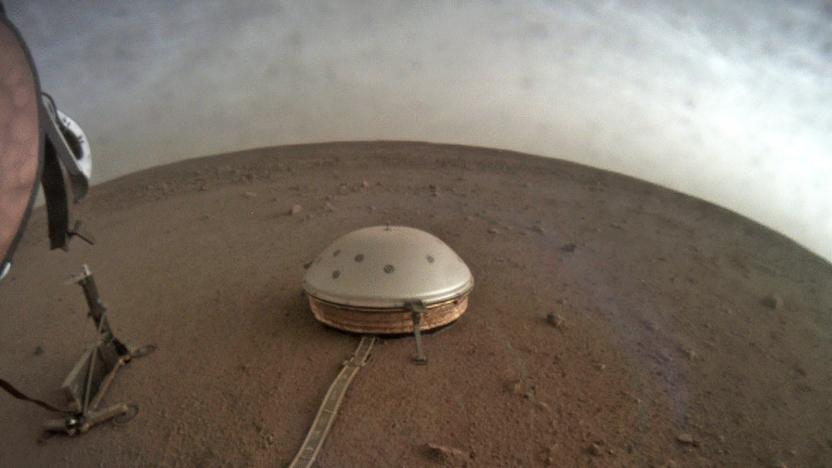seismometer
Latest

NASA shares the odd sounds from its Mars seismometer
NASA's InSight lander is providing a veritable soundtrack for Mars. The agency has posted a handful of recordings from the SEIS (Seismic Experiment for Interior Structure) that give a feel for Mars' activity. Two of them are "representative" marsquakes, and might be good for testing the bass response of your headphones or speakers -- they're low, steady rumbles. They suggest that Mars' crust is a blend between Earth's and the Moon's, with seismic events lasting longer than on the Earth (about a minute) but much shorter than its lunar neighbor.

The ancient earthquake detector that puzzled modern historians
Modern seismographs are extremely sensitive pieces of equipment. By recording the slightest movements of laser light or magnets, these devices can detect the smallest of rumbles even when we can't sense them. There are networks of thousands upon thousands of seismographs set up across the globe that can accurately determine the epicenter of an earthquake -- its point of origin. And with all the data these clusters produce, we are constantly improving our understanding of these geological events, developing early warning systems and figuring out how to build the safest structures. We have technology on our side, of course, and yet the design of the earliest earthquake detection device isn't that different from today's versions. Only it was created nearly 2000 years ago, before people even understood what an earthquake was.

